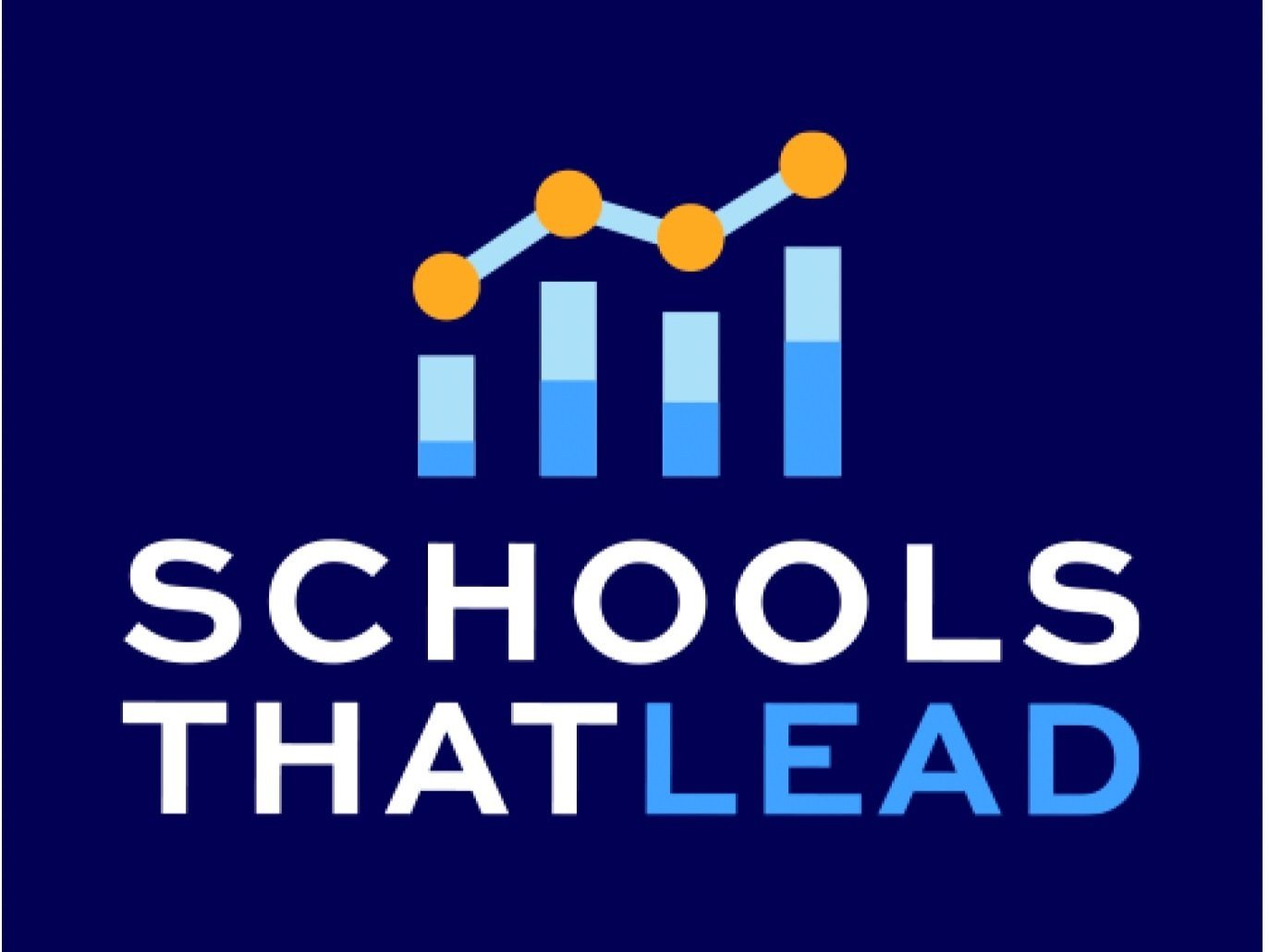10 Best AI Detectors for Reviewing Student Work
An AI detector is now an essential tool for teachers.
They’re designed to analyze text for unsourced content, plagiarism, and originality. As AI writing tools improve their capabilities, so do concerns about their potential misuse in schools, where students might be tempted to rely on these tools to quickly finish assignments with unoriginal work.
AI detectors will continue to play a crucial role in upholding academic integrity by enabling educators to identify copy that may have been generated by AI or borrowed without proper citation.
Through comprehensive scanning and analysis, these detectors help educators maintain a fair and honest academic setting, ensuring that students are evaluated on their effort and original ideas.
With the support of AI detection technology, institutions can foster a culture of integrity, creativity, and responsibility among students.
Key Insights
Importance of AI Detectors in Education: AI detectors are essential in modern classrooms to maintain academic integrity by ensuring students’ work is original and free from uncited AI-generated content. As AI writing tools become more advanced, these detectors help teachers identify any instances of unoriginal work.
Top AI Detection Tools for Teachers: Tools like Winston AI, GPTZero, and Copyleaks are specifically designed to meet educational needs, providing accurate detection with features that are easy to use. These tools allow educators to maintain academic honesty without compromising on usability and accessibility.
Evaluating AI Detectors for Best Fit: When choosing an AI detector, factors like accuracy, ease of use, features, support, and pricing should be considered. Free trials and tiered options make it easier for educators to find a solution that meets their unique requirements.
Balancing Detection with Ethical Considerations: Responsible use of AI detectors is crucial, as over-reliance can hinder learning. Ethical application includes transparency in detection policies, addressing false positives, and emphasizing learning over policing.
Best AI Detectors for Teachers
With a growing need for tools to maintain academic integrity, teachers now have access to a range of AI detectors specifically designed to identify AI-generated content in student assignments. Top AI detection tools like Winston AI, GPTZero, and Copyleaks offer reliable detection and user-friendly interfaces to support educators in supporting honesty in the classroom.
1. Originality.AI
Originality.AI evaluates both writing style and context, offering a robust method for identifying AI-generated content. It’s specifically useful for educators seeking detailed plagiarism and originality reports.
Key Benefits:
Provides both free plagiarism and originality reports
Analyzes writing style and content context for thorough AI detection
Well-suited for academic use, enhancing integrity in educational settings
2. GPTZero
GPTZero is an open-source tool that achieves high accuracy in detecting AI-written content without needing private data sets, relying instead on statistical methods.
Key Benefits:
Open-source and does not require private datasets, ensuring privacy
Achieves over 95% accuracy in AI detection
Ideal for users needing a transparent and customizable AI detection solution
3. Turnitin
Turnitin is trusted by over 30,000 academic institutions around the world. It now includes an AI Text Verifier feature that enhances its ability to screen files and check originality.
Key Benefits:
Trusted by educational institutions worldwide for plagiarism detection
Enhanced with AI Text Verifier for more accurate similarity and originality checks
Suitable for academic environments, supporting rigorous plagiarism standards
4. Copyleaks
Copyleaks combines advanced plagiarism detection with AI to detect content style differences, making it an adaptable tool for various industries.
Key Benefits:
Differentiates content style, improving accuracy in AI detection
Offers a free package for basic use and a paid package for advanced features
Ideal for flexible plagiarism checks with customizable settings
5. Winston AI
Winston AI identifies subtle changes in text patterns to recognize AI-generated content and offers an originality ranking model.
Key Benefits:
Provides real-time originality rankings for quick assessments
Recognizes nuanced changes in writing patterns, enhancing AI detection
Valuable for educational use, especially for student assessments
6. Writer.com
Writer.com continuously checks content for originality, focusing on context and semantic similarity, and is particularly suited for educational assignments.
Key Benefits:
Repeatedly checks content for originality over time
Identifies semantically similar content, which improves accuracy
Useful for academic use with integrated scanning for past submissions
7. Crossplag
Crossplag’s DetectX tool identifies AI-generated content in academic materials by analyzing human-like writing traits, using machine learning for accuracy
Key Benefits:
Detects AI-generated content with machine learning for higher accuracy
Compares new submissions with an extensive database of printed materials
Supports educational settings focused on maintaining content integrity
8. BrandWell
BrandWell’s ChatGPT detector helps publishers and academia detect AI-written text by analyzing linguistic patterns for inconsistencies and providing tailored integration options.
Key Benefits:
Analyzes flow and linguistic patterns to identify AI-generated text
Offers tailored pricing for academic institutions
Highly effective for large-scale publishing and research environments
9. Smodin
Smodin is a versatile plagiarism checker with custom options for identifying AI-generated content, including ghostwriting tailored to specific tasks.
Key Benefits:
Customizable parameters allow precise AI ghostwriting detection.
Premium options include tailored logic for specific algorithm patterns
Suitable for users needing advanced, configurable AI detection tools
10. Quill.org
Quill.org helps educators identify potential AI-written content by comparing submissions to past entries, making it an affordable option for classroom use.
Key Benefits:
Flags AI-written content by assessing writing style and semantic choices
Compares with previous submissions to detect potential duplicates
Accessible for educators, starting at $9 monthly, supporting student originality
How to Find the Best AI Detector
When reviewing tools for catching machine-generated text, key aspects to evaluate include:
Accuracy:
Especially accurate in identifying AI content with minimal appearance of non-relevant content is ideal. Read validation studies to understand the detector's accuracy and consider the error rate of each model. Do not rely solely on database checks across the paper but use statistical analysis of writing styles.
Features:
Think of which features meet educational requirements—similarity ratings, tuning sensitivity, source analysis, or feedback for students. File compatibility and the ability to upload several files at a time benefit staff and mentors.
Pricing:
Pricing is mostly calculated based on the usage or the number of people in the team. Free trails enable use before buying, which is applicable in test driving vehicles. Relate the cost of the features that you desire and the level of accuracy you need. Affordable pricing options can be obtained depending on the institution's profile.
Ease of use:
Intuitive design allows for scanning student work en masse. Basic administrator interfaces should also offer status information on usage. Little training should be required to use the feature for staff and students who are receiving originality reports.
Ethical Considerations
Despite the benefits, which can be supplied by AI detectors, ethical usage should be in question. Responsible usage involves:
Transparency:
Transparency ensures good relations by bringing in the aspect of accountability in organizations. Some examples include ensuri ng that detector policies are properly communicated to employees; training employees to encourage learning from mistakes instead of punishment when these detectors are breached. Describe how one arrives at the originality scores.
False positives:
It is very important to realize that no detection system is perfect. Permit appeals regarding cases for which reported false positives are not attributed to credible sources. People pursue continual improvement as it reduces the chances of raising wrong flags.
Focus on learning:
Provide learning detectors for the purpose of helping learners to develop scholarly writing prowess and not as watchdogs. Teach students how to give credit to the source and how to integrate outside information into your work.
Combine with other methods:
When serious violations are identified, always include an automated detector but have a secondary manual review. Further, create cultures that embrace ethics and useful application of the new emerging technologies.
Future of AI in the Classroom
As AI technology innovation accelerates, the use of both generative writing tools and the tools used to detect AI-generated content will continue to be quickly adopted. Here’s how these developments are shaping the future of education:
Enhanced Accuracy
With access to new data sources and improved algorithms, AI detection tools are becoming more precise. These advancements mean educators can better identify AI-created content, ensuring a more authentic learning experience.
Innovative Detection Techniques
Emerging strategies, such as tracking mouse movements and typing patterns, add an extra layer of scrutiny to distinguish between human and AI-generated content. These sophisticated techniques make detection harder to bypass, providing more reliable results.
Seamless Integration with Institutional Tools
AI detection is becoming part of broader institutional systems, enabling large-scale monitoring and policy management. Integrated platforms streamline oversight, giving educators and administrators unified control and transparency over AI use in the classroom.
These evolving tools and techniques empower educational institutions to maintain academic integrity while embracing the benefits of AI.
The Bottom Line
AI detectors are invaluable tools for educators striving to maintain academic integrity. By offering reliable detection of AI-generated and unoriginal content, these tools help teachers support an honest academic environment, where students are encouraged to produce their own work and value originality. With thoughtful selection and responsible implementation, AI detectors not only assist in preserving academic standards but also promote a culture of continuous improvement and adaptability in schools.
FAQs
1. How do AI detectors identify AI-generated content?
AI detectors analyze text for specific patterns, writing style inconsistencies, and semantic similarity to identify possible AI generation. Advanced tools may also use statistical and linguistic analysis to pinpoint unnatural content structure.
2. What is the accuracy rate of top AI detection tools?
Leading tools like GPTZero and Winston AI boast high accuracy rates, often exceeding 90%, depending on the algorithm and updates in detection methods. Validating this through independent studies can help assess each tool's reliability.
3. Are these AI detection tools expensive for schools?
Pricing varies widely, with some tools offering free versions or affordable educational packages. Many institutions find flexible pricing options based on team size and usage levels, and some tools offer trial versions for evaluation.
4. Can AI detectors give false positives?
Yes, like any detection software, AI detectors can occasionally produce false positives. It’s essential to allow for appeals and secondary reviews to avoid penalizing students unfairly for potential misidentifications.
5. How can AI detectors be used ethically in education?
Educators can ensure ethical use by making policies transparent, emphasizing educational support over punitive measures, and using detectors as tools to help students improve their originality and citation skills rather than solely as enforcement tools.


